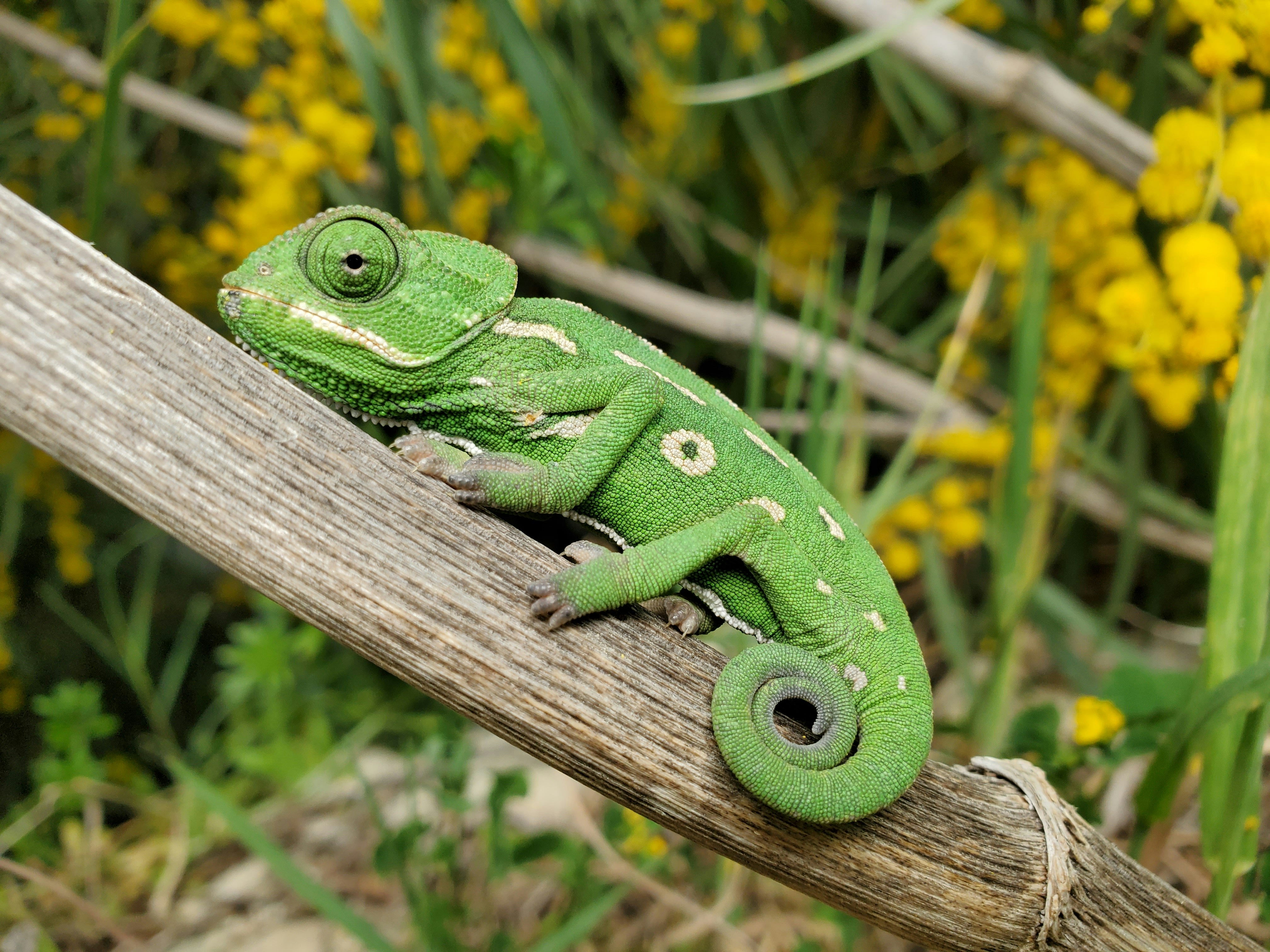Media release
From:
Future-focused conservation index identifies reptiles as highest conservation priority
A new conservation tool incorporates future risks and species traits in extinction risk assessment
Reptiles could overtake amphibians as the highest priority for conservation among vertebrates as threats like climate change and invasive species worsen in the future, according to a new conservation index tool developed by Gabriel Henrique de Oliveira Caetano at Ben-Gurion University of the Negev, Israel and Université Paris-Saclay, France, and colleagues, publishing October 21st in the open-access journal PLOS Biology.
Climate change, habitat loss, and the overexploitation of nature are driving wildlife population declines and extinctions at an unprecedented rate. Many threats are expected to worsen during this century. However, most existing tools for assessing species’ extinction risk consider past population declines rather than how these threats will change in the future.
To address this gap, researchers developed the Proactive Conservation Index (PCI), which can evaluate species’ conservation priority, factoring in different future threats, such as climate change, land-use change, and invasive species. The index also accounts for species traits that can affect their vulnerability to extinction, including body size, reproductive rate, and geographical range. They used the PCI to estimate the conservation priority of all land vertebrates globally — totaling 33,560 species. They compared the species’ PCI rankings with their classification in the IUCN Red List of Threatened Species, a widely used framework for assessing extinction risk. Although PCI scores broadly correlated with Red List classifications, there were some key differences. For example, reptiles ranked as the group with the highest priority in the PCI, whereas amphibians have the highest proportion of threatened species on the Red List. Species that have not yet been classified on the Red List tended to have high PCI scores that most resembled species classified as Endangered or Critically Endangered.
The PCI complements existing conservation assessment tools, offering different insights into species’ conservation priority, the authors say. Its advantages include the ability to evaluate understudied species and incorporate different future scenarios. The tool could help conservation managers more efficiently allocate limited resources and facilitate proactive, rather than reactive, conservation strategies.
The authors add, “Our new future-focused method reveals many species and regions that will soon need more conservation attention than those currently suggested by methods that are focused on current and past threats. Our method especially highlights reptile species, arid regions, tropical islands, and tropical montane forests as necessitating further focus. Acting before future threats are fully realized may give us the head start we need to protect this valuable biodiversity.”



 Australia; International; VIC
Australia; International; VIC



